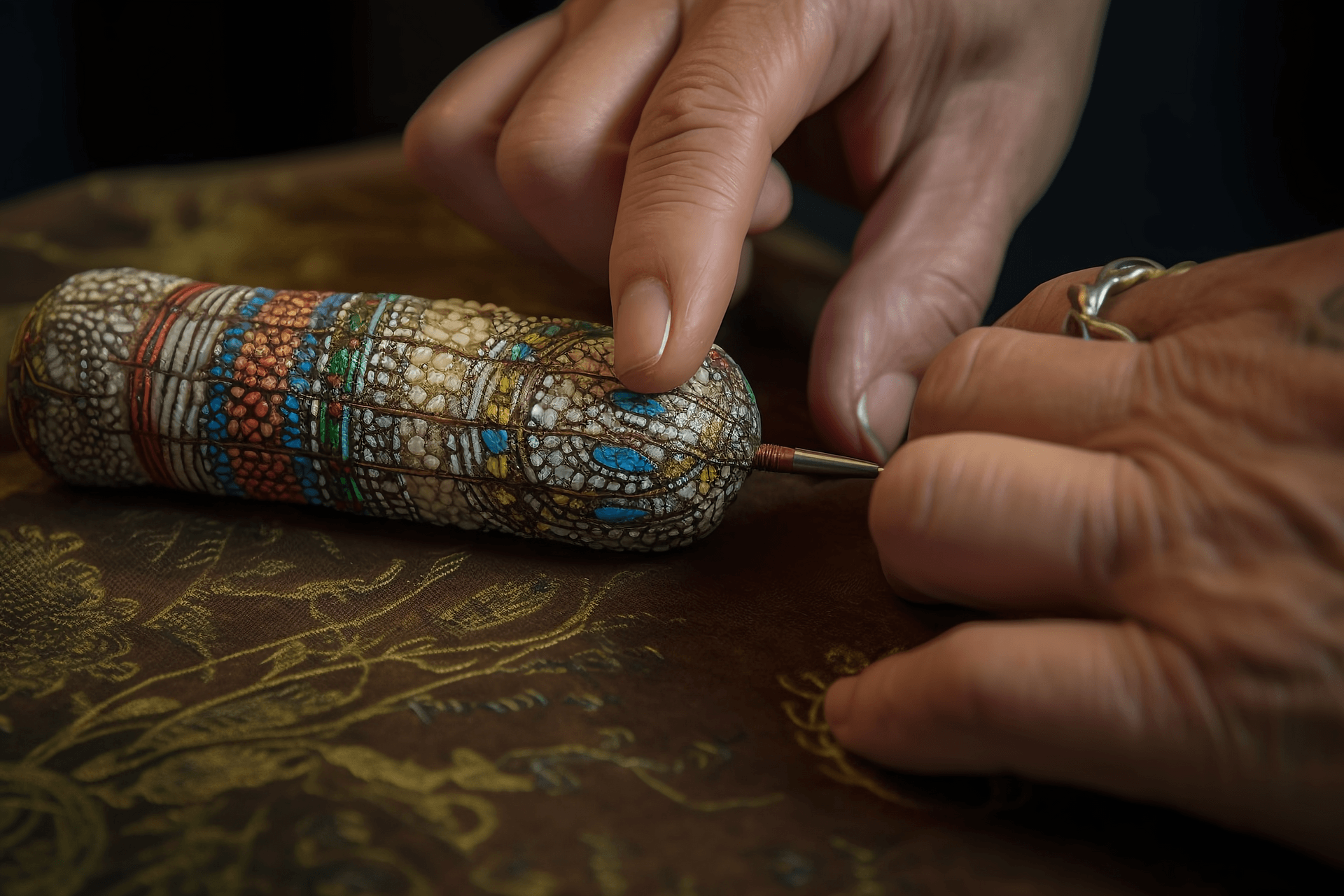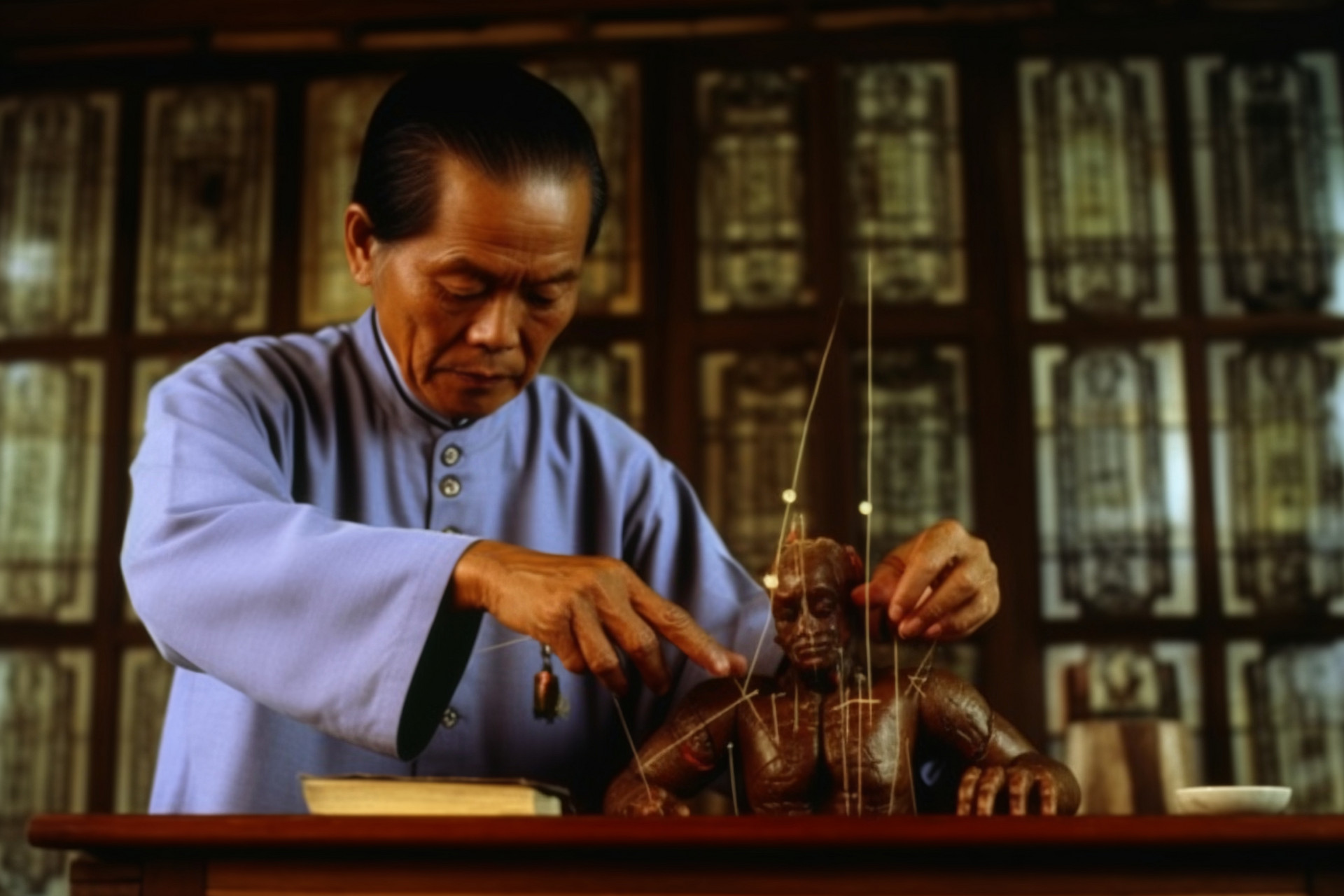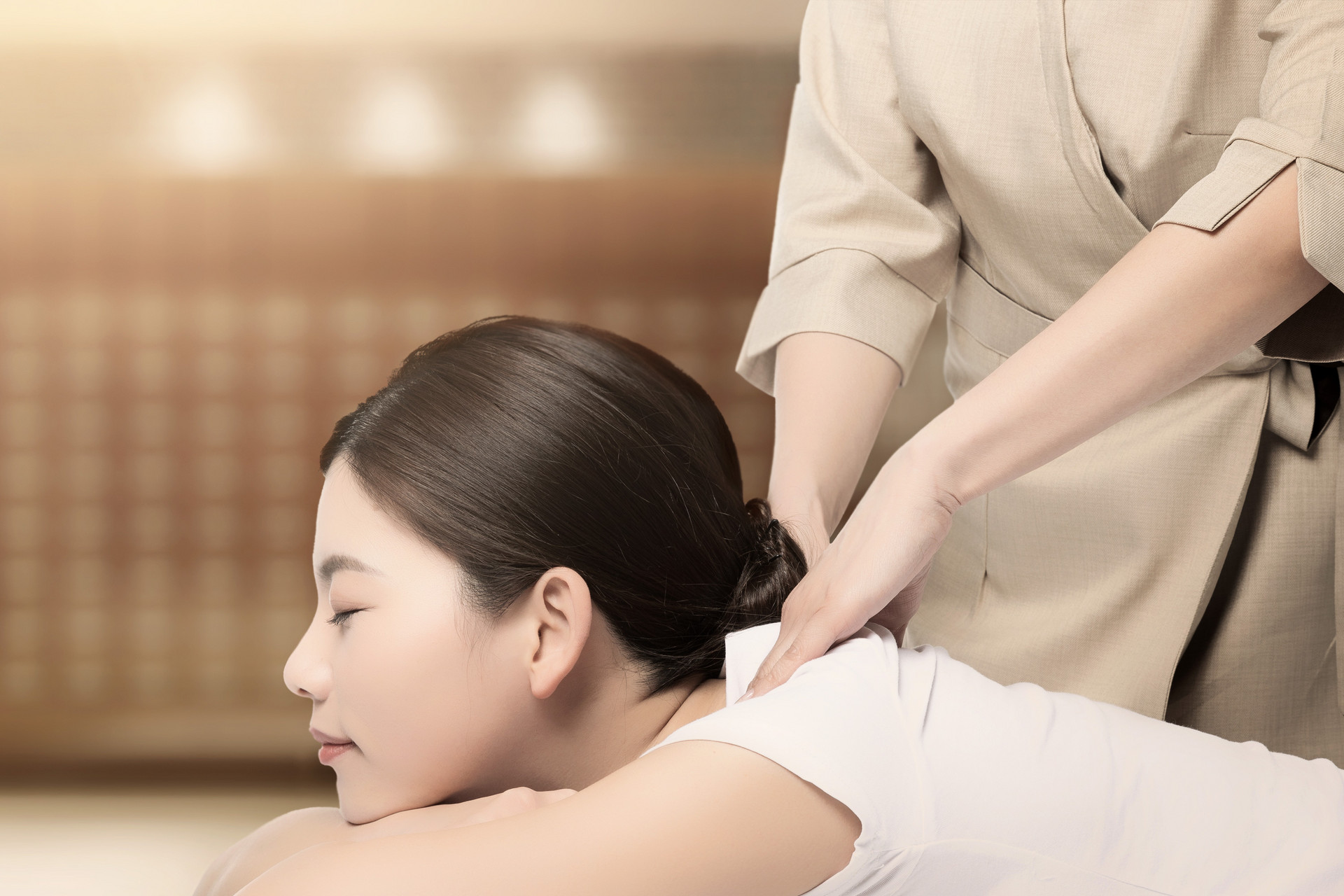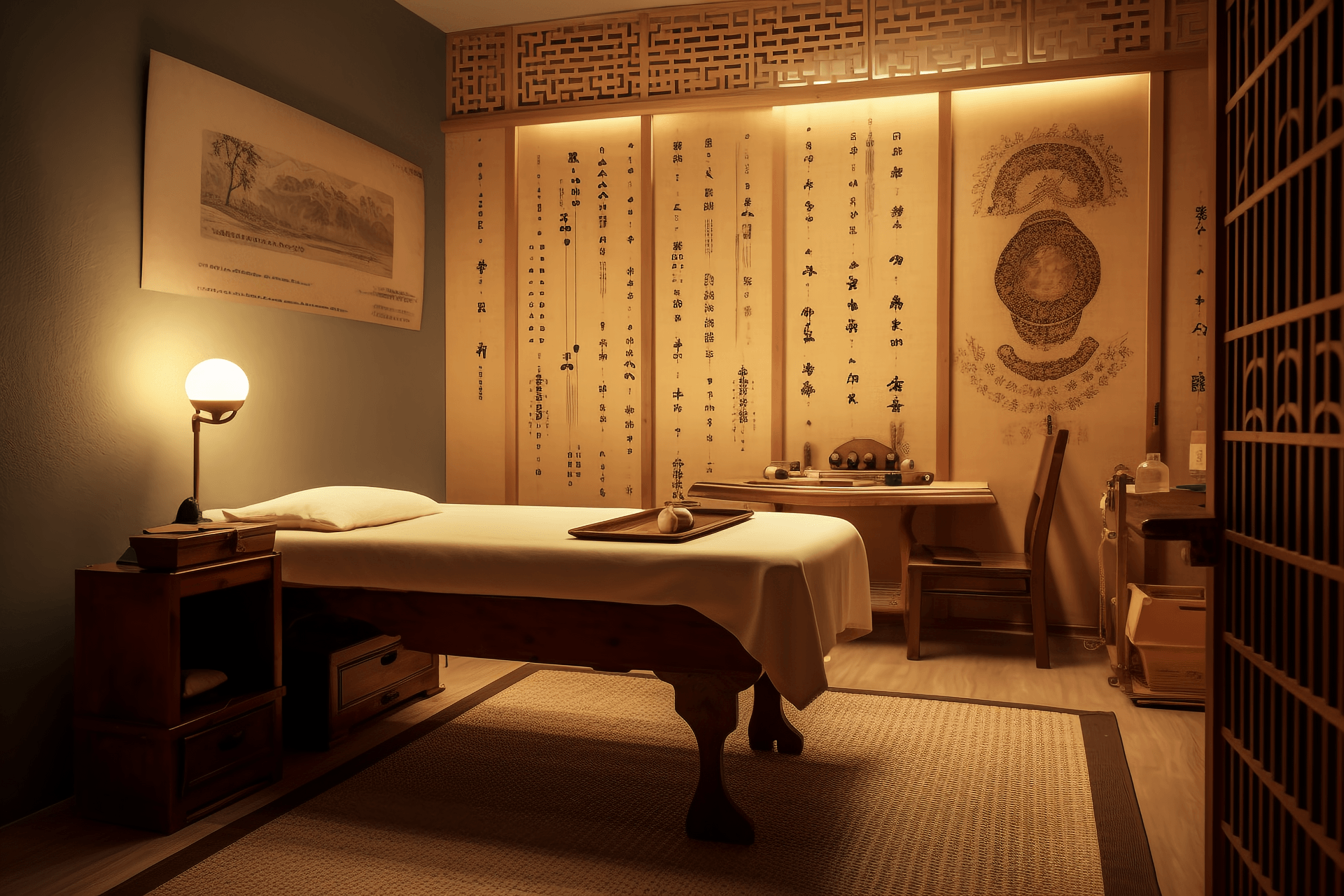An electric heating needle is a new acupuncture treatment method that uses the principle of electric needle to heat the needle body and treat diseases after inserting it into specific acupuncture points of the body.
Characteristics of Electric Heating Needle
The temperature of the tissue underneath the skin only increases by 5°C when the resistance wire on the needle handle is heated to 60°C. Most of the heat is diffused and carried away by circulating fluid. However, the electric heating needle generates heat at the front part of the needle, directly affecting the sensory layer of the needle insertion. The highest temperature can burn the surrounding tissue of the needle, resembling the effect of moxibustion, but the temperature increase at the handle and the root of the needle is minimal. The advent of electric heating needle has enhanced the effectiveness and scope of acupuncture, making it an innovative acupuncture method.
Tools for Electric Heating Needle
The electric heating needle is a hollow needle with a diameter of 0.4 to 0.6 millimeters. The shortest needle is 40 millimeters long and it contains a heating element. Depending on the position of the heating element, the heating part of the needle can be the tip, a section of the needle body, or the entire needle body. The temperature of the needle body can be adjusted between 5 and 500°C.
Operating Method of Electric Heating Needle
Select the acupuncture point or stimulation site, disinfect it, and quickly insert the needle subcutaneously. Then slowly twist and push the needle to the required depth, seeking the needle sensation and enhancing it to the desired level. Connect the control device and turn on the heating knob, gradually increasing the pointer on the instrument. Once the required temperature is reached, stop. Leave the needle in for 15 minutes to several hours as needed. After the predetermined time, turn off the power output and remove the wire connected to the control device.
When removing the needle, press the sides of the needle body with the index and middle fingers of the left hand, hold the needle handle with the right hand, and gently lift, insert, and twist to remove the needle. If the needle body is stuck, repeat the lifting and twisting motion. In tissues with less fluid, the needle may occasionally adhere to the tissue due to the temperature, so it should not be forcibly pulled when removing the needle.











